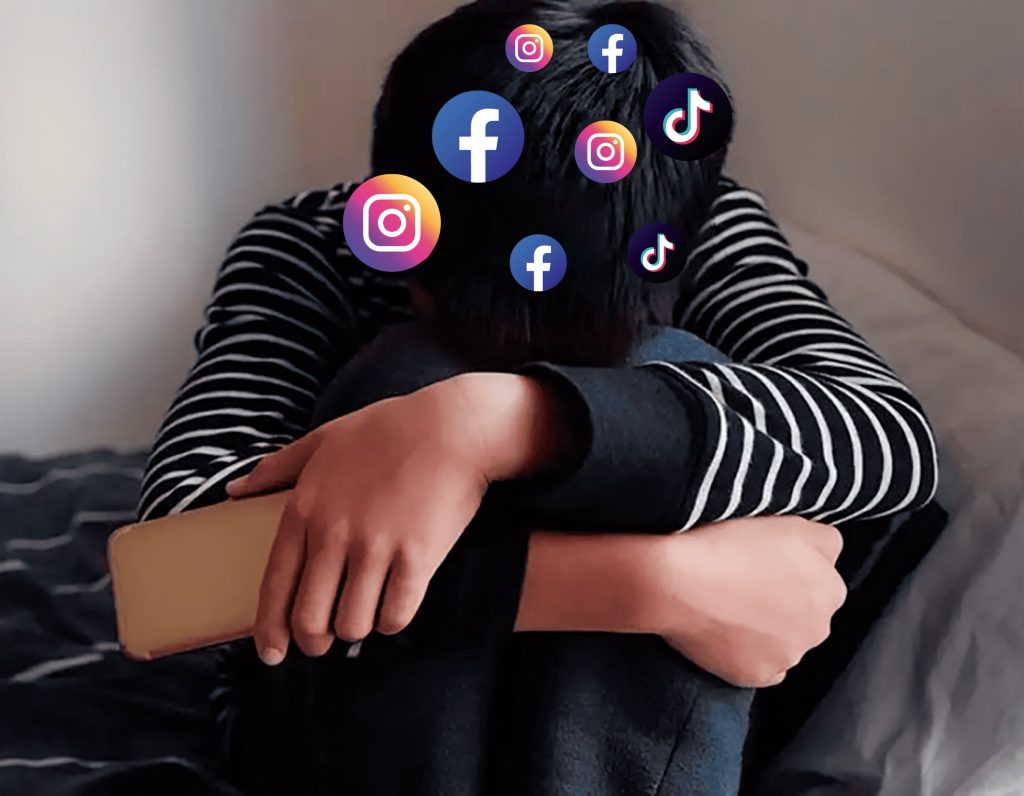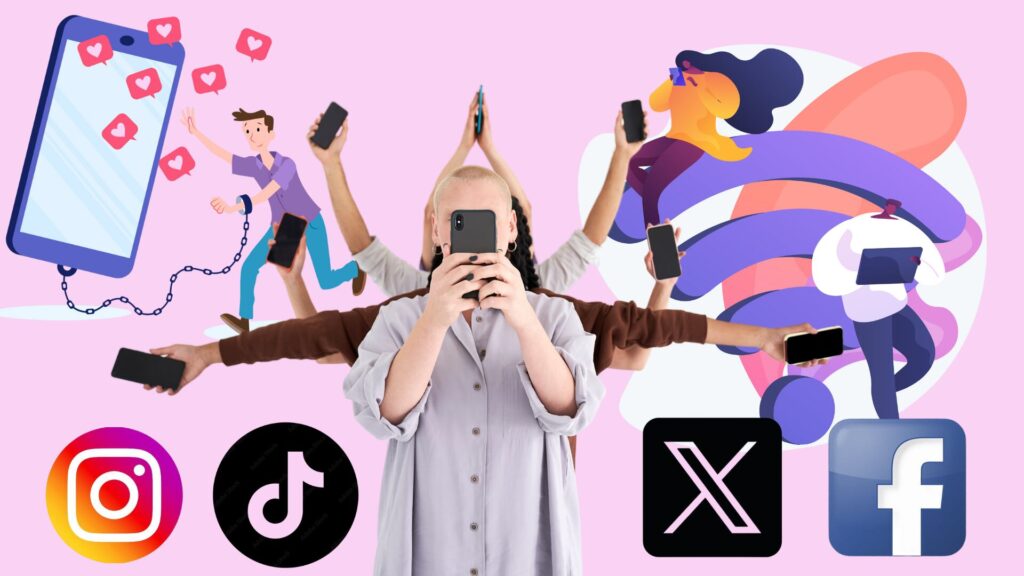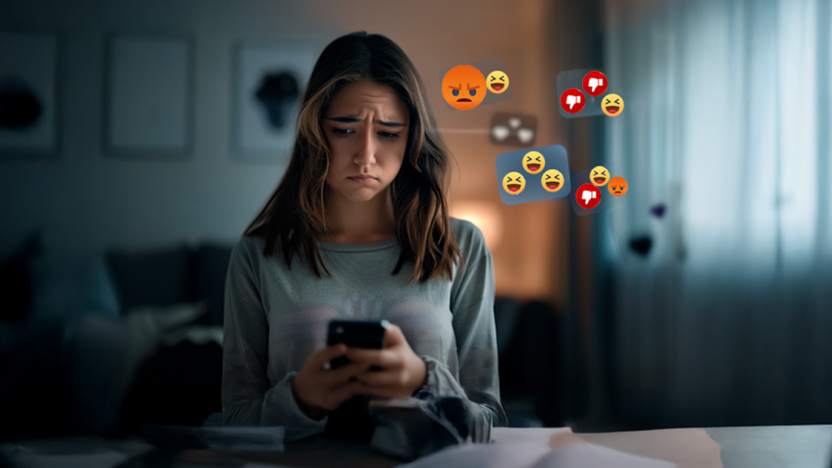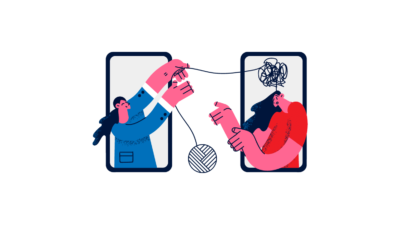
In today’s digitally interconnected era, the debate is no longer about social media versus offline interactions—it’s about how seemingly benign networks can sometimes morph into toxic spaces. Have you ever felt an emotional roller coaster after browsing your feed? This article dives into the latest research on how our online lives affect our mental health, shedding light on both the energizing and draining aspects of digital interactions. Through comprehensive studies, real-life examples, and expert insights, we provide you with the tools to maximize the benefits and minimize the drawbacks of your online experiences.
Understanding the Dual World of Social Media and Toxic Networks
Social media platforms have become a vital component of our daily routines, offering unprecedented connectivity and information sharing. Yet beyond the polished profiles and viral trends lies a complex web of interactions that can swing from supportive to emotionally draining. Whether it’s casual scrolling or deep engagement, users experience a spectrum of emotions shaped by both content and community dynamics.
Recent studies emphasize the ambiguous nature of online interactions, highlighting a dual role where social media can boost self-esteem and foster community, while also increasing stress, anxiety, and feelings of isolation through obsessive scrolling and exposure to negative content. Institutions like the American Psychological Association have underlined how these platforms can be both enriching and emotionally taxing.
Ultimately, the discussion centers on whether digital networks are fundamentally beneficial or emerge as toxic under certain conditions. Navigating this duality requires self-awareness and practical strategies to recognize when these platforms are lifting you up—or weighing you down.
Key Insights on Social Media Dynamics
- Algorithms play a decisive role in shaping our online experiences, often prioritizing emotionally charged content—both positive and negative.
- Engagement metrics like likes, shares, and comments can significantly influence our self-perception and mood.
- Immediate feedback loops in online interactions can amplify a wide range of emotions.
- Striking a balance between community support and harmful content exposure remains both delicate and unpredictable.
The Science Behind Emotional Responses on Digital Platforms

Over the past decade, psychologists have extensively researched emotional triggers in digital interactions. Neuroscience now shows that online engagements can trigger neural responses similar to those from face-to-face interactions. This blend of digital stimulation with our brain’s reward system sets the stage for behavioral patterns that are fascinating—and at times, concerning.
For example, studies in journals like Cyberpsychology, Behavior, and Social Networking reveal that exposure to highly curated and often idealized profiles can spark feelings of inadequacy and jealousy. On the flip side, supportive interactions and positive comments can trigger a surge of dopamine—the neurotransmitter associated with pleasure—reinforcing addictive behaviors. This inherent duality underscores the profound influence of social media.
Additionally, the body’s stress response is often activated when users encounter online harassment or relentless calls for validation. These insights highlight that while social media can uplift, it also has the power to trigger stress responses similar to real-life social rejection. Recognizing this fine balance is essential for managing your digital engagement effectively.
Neuroscientific Perspectives
Recent neuroimaging studies indicate that receiving positive online feedback activates brain regions related to pleasure and motivation. However, an ongoing need for social approval may foster an overdependence on external validation.
Conversely, negative feedback or controversial content can stimulate the amygdala—the brain’s center for processing emotions—leading to increased anxiety and stress.
Psychological Impact of Comparison Culture

Social media fosters an environment of constant comparison. Users may compare their everyday lives with the curated snapshots of others, often resulting in feelings of inferiority or inadequacy.
This ‘compare and despair’ phenomenon has a genuine impact on emotional wellbeing, making it crucial to contextualize online content and set realistic expectations.
Real-Life Experiences: When Social Buzz Turns Toxic
Both emerging research and personal anecdotes reveal that the digital landscape is far from uniform; experiences vary widely depending on individual sensitivities and the nature of online interactions. While many users report that supportive online communities enhance their mental health, others recount persistent negativity and harassment that lead to isolation.
A common thread in these stories is the influence of anonymity and virality. The freedom to hide behind pseudonyms can encourage toxic behavior, fostering environments ripe for cyberbullying, trolling, and misinformation. The emotional toll from these experiences is significant, with many reporting symptoms akin to those caused by real-life abuse.
Interweaving personal accounts with robust statistical analyses, the evidence shows how both influencers and casual users can fall prey to the darker side of digital interaction.
Illustrative Examples
- A young professional shares her experience of burnout caused by relentless negative comments on a career-related post, which impacted both her performance and mental health.
- Another user describes how initially supportive social media interactions eventually led to anxiety and depression due to constant comparison.
- Research indicates that even brief exposure to toxic online discussions can have a lasting psychological impact, affecting self-esteem.
- Digital harassment often forces individuals to self-censor or withdraw from online communities, reducing social interaction and emotional resilience.
Strategies to Navigate and Mitigate Online Toxicity
Given the potential emotional pitfalls of online activities, it is crucial to adopt strategies that safeguard mental health. A proactive approach—balancing digital engagement with personal well-being—is key. Experts recommend practical methods ranging from adjusting website settings to implementing broader lifestyle changes.

One effective strategy is to curate your digital environment by managing both the content you consume and the time you spend online. Psychologists advise that reducing exposure to negative content can significantly lower the emotional damage caused by toxic environments. Regular digital detoxes have been shown to alleviate stress and improve overall mood.
Additionally, understanding that many platforms are intentionally designed to capture your attention can lead to more mindful engagement. Seeking professional help when confronted with anxiety, depression, or burnout—and building a supportive offline network—are essential for buffering the negative impacts of online interaction.
Establishing Healthy Digital Habits
Utilize privacy settings and content filters to reduce exposure to harmful material. Schedule regular screen breaks and designate specific screen-free periods during your day.
Focus on quality interactions that are meaningful and supportive instead of simply chasing likes or shares.
Leveraging Technology for Wellbeing
New applications offer tools to monitor screen time and track emotional responses, giving users valuable insights into their digital habits. Esteemed organizations, such as the National Institute of Mental Health, endorse these tools as part of broader mental wellness strategies.
Incorporating mindfulness practices—whether through meditation or journaling—can help counterbalance the emotional ups and downs brought on by online interactions.
Future Perspectives: Evolving Digital Interactions and Emotional Health
Looking ahead, digital platforms will continue to shape our emotional landscapes in profound ways. The convergence of technology and psychology is paving the way for a more nuanced understanding of how online experiences affect mental health. Tech innovators are already experimenting with behavioral design and ethical algorithms to lessen negative emotional impacts.
The debate over social media versus toxic networks is evolving, with future research set to explore preventative measures for a healthier digital balance. One promising trend is the integration of artificial intelligence in content moderation and emotional analysis, a development to watch in the coming years.

Experts stress that a collaborative effort among technology developers, policymakers, and mental health professionals is essential to cultivate digital ecosystems that prioritize human well-being over mere engagement metrics. The advent of smart, adaptive measures that respond to user behavior heralds a promising future in combating digital toxicity.
Emerging Trends
- Adaptive algorithms that assess the emotional tone of content and prioritize mental health.
- Enhanced transparency regarding how user data and behavioral analytics drive content recommendations.
- The growth of community-led moderation initiatives that empower users to cultivate healthier online spaces.
- Rising cooperation between tech companies and mental health organizations to design platforms with built-in emotional support.
The debate over whether digital platforms serve as empowering social media or degrade into toxic networks is complex and multi-dimensional. Through insightful research and real-life stories, it becomes clear that the emotional impact of online interactions is neither entirely positive nor wholly negative—it depends on how you navigate the digital maze. Being informed about the psychological effects of online behavior and embracing mindful strategies is the key to harnessing technology as a force for good. As science and technology evolve, so does the potential to create a digital landscape that truly supports our emotional health.




